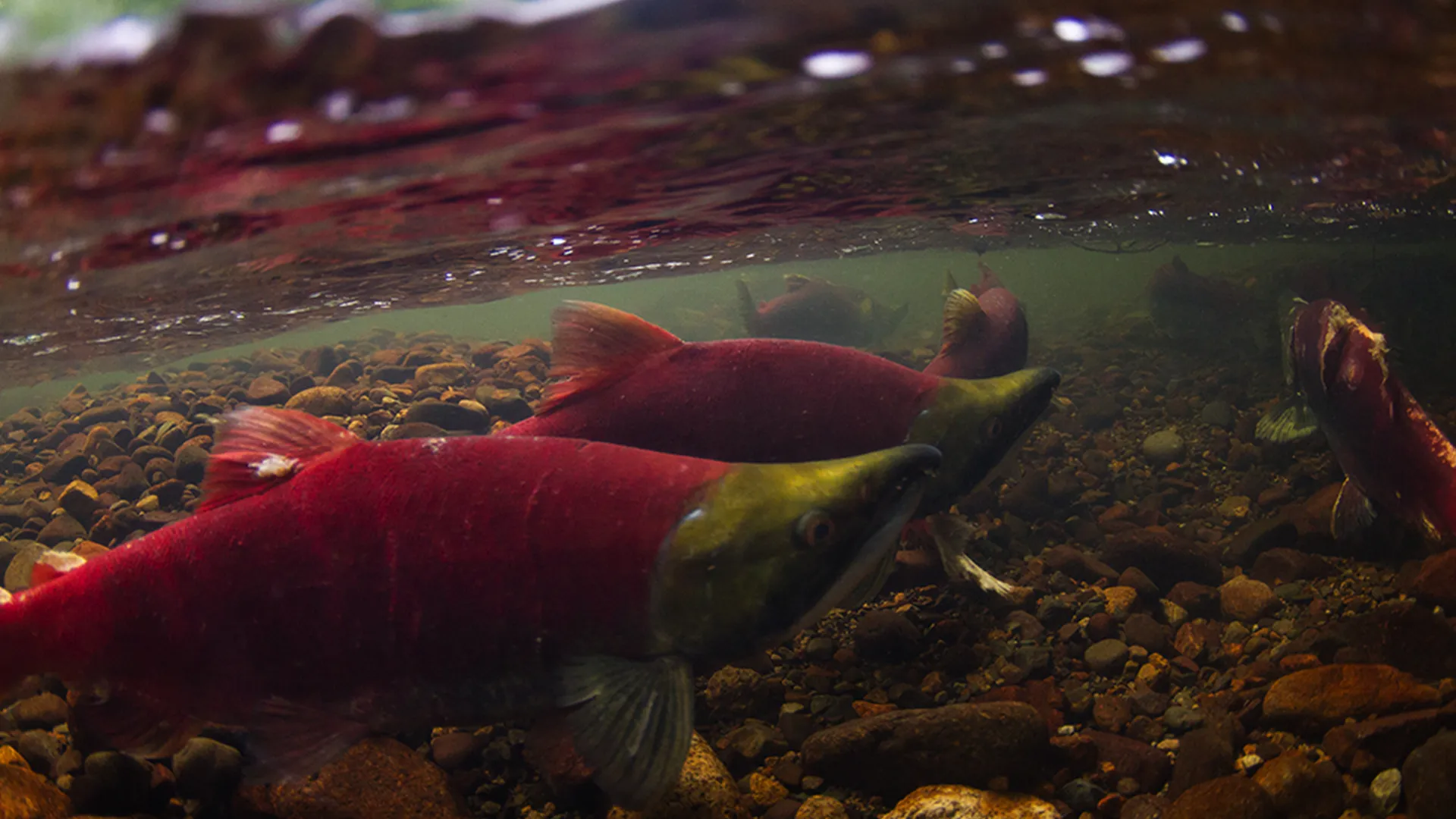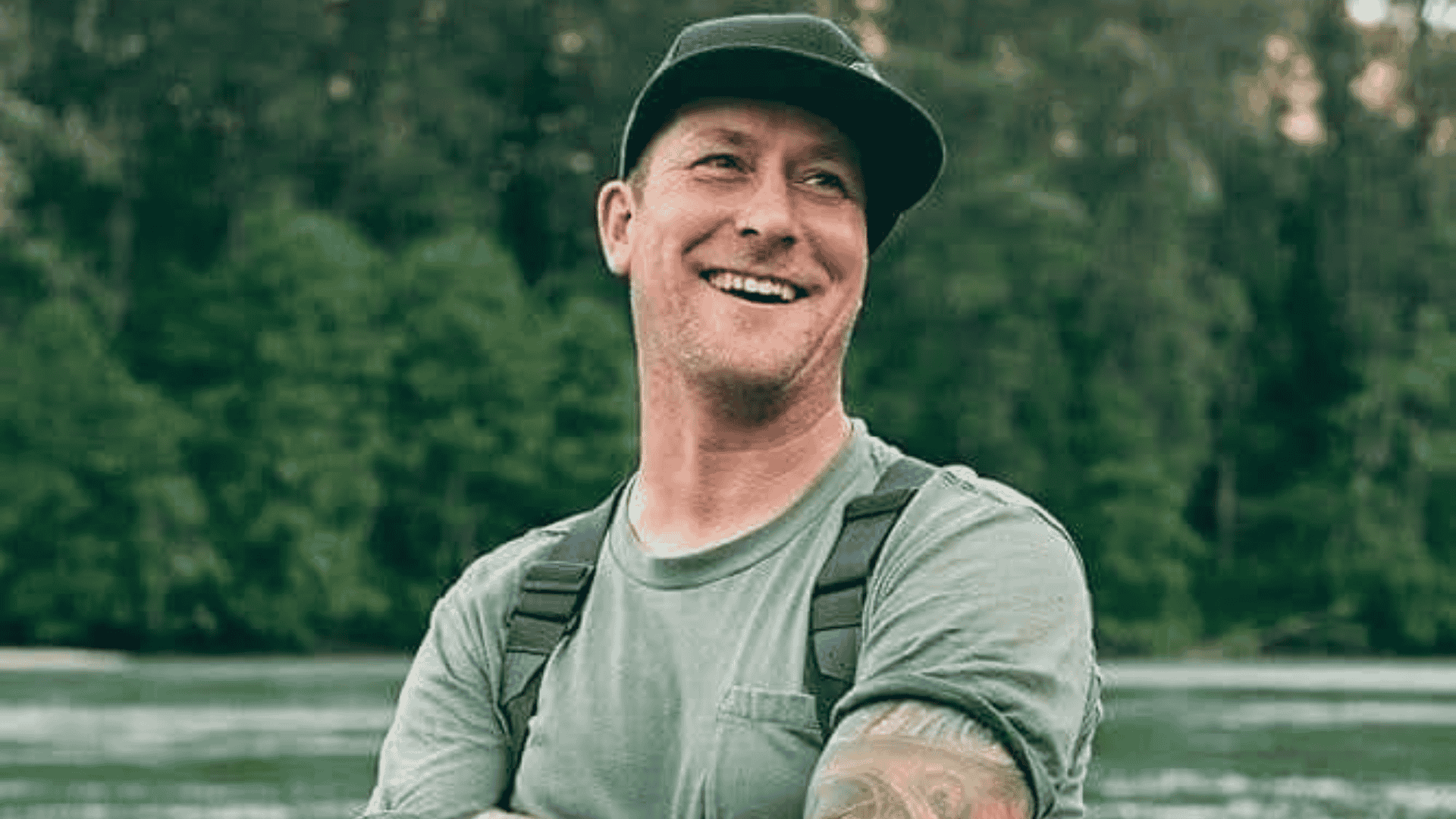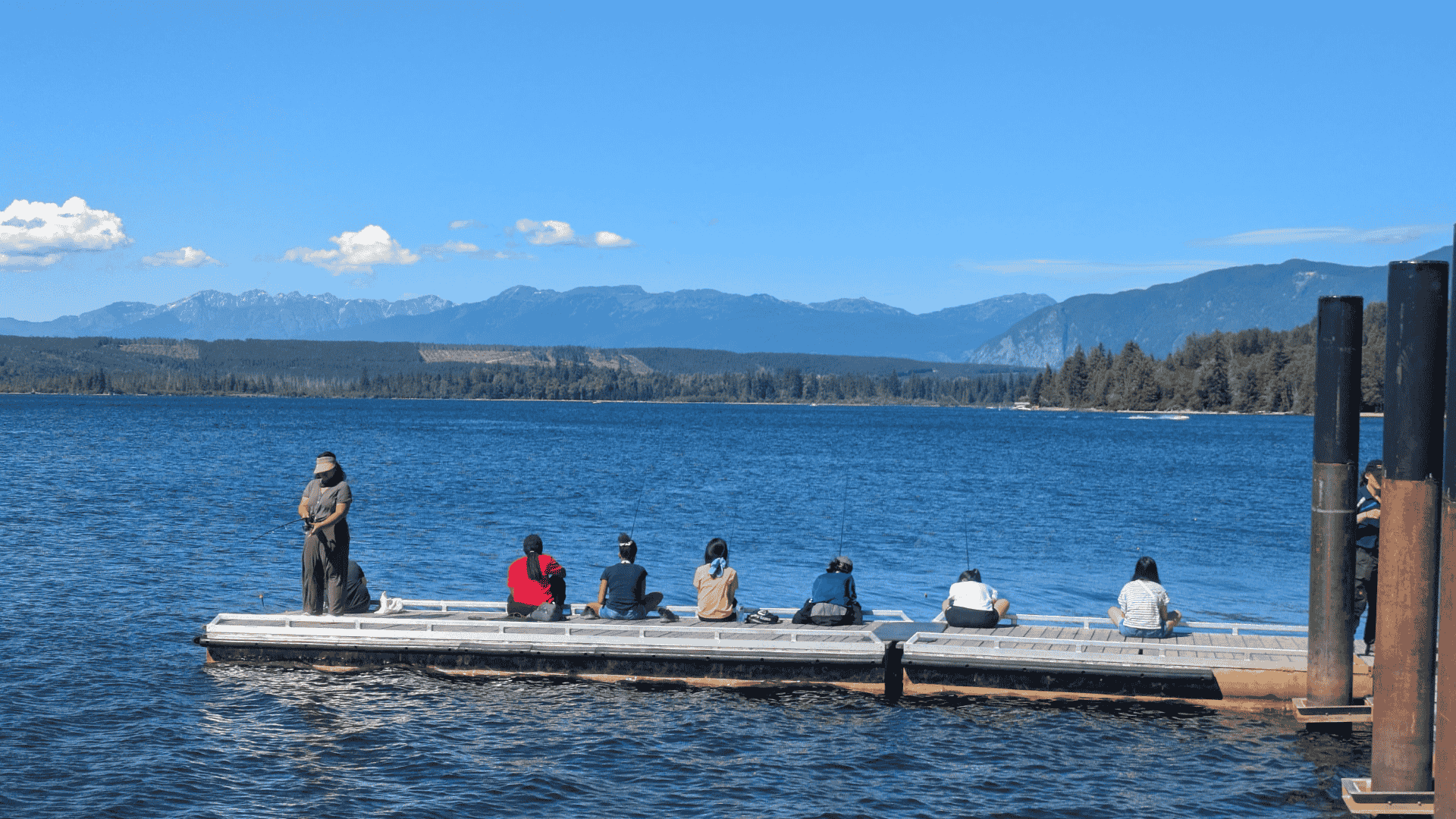Skeena Steelhead and the Impact of Southeast Alaskan Fisheries in 2023
Now it’s mid-September, commercial fisheries are closed or winding down, and most of this year’s salmon have entered the Skeena, past the Tyee, and are settling into their home rivers. So, how did the numbers add up?
Unsustainable interception fisheries in Southeast Alaska harvested over 18 million salmon this year, and we estimate that over 3 million of those were returning to British Columbia streams. Precise numbers and impacts are difficult to determine as Alaskan fisheries don’t follow basic best practices for monitoring and reporting their catch, particularly for non-target species like steelhead. Seine and gill net fisheries in Alaska continue to use unsustainable gear and methods, resulting in unacceptably high mortalities of released fish. In fact, Southeast Alaska likely kills between 10-30% of Skeena steelhead returning each year. In 2021, the lowest steelhead return on record, that number may have been as high as 50%.
This year, an estimated 9,700 steelhead have returned to the Skeena, based on the Tyee index, ranking as the third lowest year of abundance in the past 66 years. This also means that anywhere from 1,000-4,000 Skeena-bound steelhead may have been intercepted and killed by Southeast Alaskan fishers. Until Alaska enforces reporting of these numbers and independent monitoring, we won’t know for sure.
We are asking the Marine Stewardship Council and Ocean Wise to revoke their certificates of sustainability for Southeast Alaskan salmon fisheries, and we are asking for your help.
How can you help?
Please take a moment to
tell seafood sustainability verifiers that Southeast Alaskan interception fisheries are not sustainable and ask them to revoke these certifications.
Furthermore,
tell Canadian politicians to stand up to Alaska and defend our salmon.
Learn more
Alaska Department of Fish and Game
Learn more
Alaskan Interceptions of BC Salmon: State of Knowledge Report
Other News
-

Environmental group in court to challenge substantial start decision of massive KSM mine
Decision allows mega mine to proceed on what group says is an outdated environmental assessment. If built, the KSM project would be one of the…
-

Federal government stops monitoring B.C. salmon runs at the height of the season
Federal government stops monitoring B.C. salmon runs at the height of the season Conservation groups demand urgent action from Ottawa to address “unprecedented management failure.”…
-

SkeenaWild Welcomes Nathan Meakes as New Assistant Director
SkeenaWild is pleased to welcome Nathan Meakes as our new Assistant Director. With a strong background in biology and years of fisheries advocacy, Nathan will…
-

Summer 2025: SkeenaWild Salmon Education in Action
From camps to community events, SkeenaWild’s 2025 education programs inspired youth and families to learn, celebrate, and protect wild salmon.
-

Environmental group in court to challenge substantial start decision of massive KSM mine
Decision allows mega mine to proceed on what group says is an outdated environmental assessment. If built, the KSM project would be one of the…
-

Federal government stops monitoring B.C. salmon runs at the height of the season
Federal government stops monitoring B.C. salmon runs at the height of the season Conservation groups demand urgent action from Ottawa to address “unprecedented management failure.”…
-

SkeenaWild Welcomes Nathan Meakes as New Assistant Director
SkeenaWild is pleased to welcome Nathan Meakes as our new Assistant Director. With a strong background in biology and years of fisheries advocacy, Nathan will…
-

Summer 2025: SkeenaWild Salmon Education in Action
From camps to community events, SkeenaWild’s 2025 education programs inspired youth and families to learn, celebrate, and protect wild salmon.